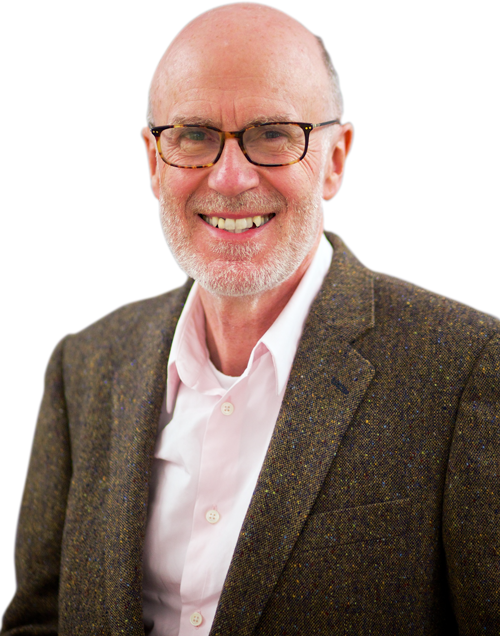Quantum Biology
More than 60 years ago the Nobel laureate Erwin Schrödinger insisted that some aspects of biology must be based on quantum rather than classical laws. Schrödinger knew a thing or two about quantum mechanics as he was one of the founders of this strangest of sciences and the erstwhile owner of science’s most famous feline, Schrödinger’s cat, which he used to illustrate the stark differences between the quantum and classical worlds. Schrödinger sealed his imaginary cat inside a box whose fate was linked to the quantum world through a vial of poison that would be released only if a single radioactive atom decayed [additional pic – http://commons.wikimedia.org/wiki/File:Schr%C3%B6dinger_cat.png?uselang=en-gb ]. But the Nobel prize-winning scientist pointed out that quantum laws insist that the atom must exist in a peculiar state called superposition where it has both decayed and not decayed at the same time, until it is observed. But because the cat’s fate is linked to that of the atom then quantum laws insist that the cat must also exist as a superposition of a live and dead cat until somebody opens the box and observes its actual fate!
Nobody really believes that a cat can be simultaneously dead and alive. Schrödinger’s feline friend instead illustrates the profound difference between fundamental particles such as atoms that do weird quantum things – like exist in two states at once, or occupy two places at once, or tunnel through impenetrable barriers or possess spooky connections – and familiar classical objects, such as cats, that apparently do none of these tricks. But, in his book What is Life?, published in 1944, Schrödinger claimed that, despite the obvious differences between the behaviour of cats and the behaviour of atoms, some of life’s most fundamental building blocks must, like unobserved radioactive atoms, be quantum entities able to perform tricks. He went on to propose that life is different from the inanimate world because it inhabits a borderland between the quantum and classical world, a region we may call, the quantum edge.
Schrödinger’s argument was based on the paradoxical fact that all the classical laws, from Newtonian mechanics to thermodynamics or the laws of electromagnetism are ultimately based on disorder. Consider a balloon. It is filled with trillions of molecules of air all moving entirely randomly bumping into each other and the skin of the balloon. However, when you add up all their motions and average them out, you get the gas laws that predict, for example, that the balloon will expand by a precise amount when heated. This is because heat makes just some of the air molecules move a little bit faster so that they bump into the walls of the balloon with a bit more force pushing the walls outward a little bit further. Schrödinger called this kind of law, ‘order from disorder’ to reflect the fact that their apparent macroscopic regularity depends on chaos and unpredictability at the level of individual particles.
But, what about life and, particularly interesting to Schrödinger was the enigma of heredity? The physical nature of genes was still mysterious in 1944, a decade before Watson and Crick, but it was known that, when they were passed down the generations, they were copied with an extraordinary high degree of fidelity of less than one error in a billion. This was a puzzle as one of the few other facts known about genes was that they were small, far too small, Schrödinger insisted, for their high level of fidelity to be provided by the order from disorder rules of the classical world. He proposed instead that genes must a “more complicated organic molecule in which every atom, and every group of atoms, plays an individual role…” He called these novel structures aperiodic crystals and proposed that they obeyed quantum rather than classical laws. He further suggested that gene mutations were caused by quantum jumps within the crystals. He went on to speculate that many of life’s properties were based on a novel physical principle whereby its macroscopic order is a reflection of quantum-level molecular order, rather than the molecular disorder that characterizes the inanimate world. He called this new principle, ‘order from order’.
But was he right? A decade later Watson and Crick unveiled the double helix. Genes turned out to be made from a single molecule of DNA, which is a kind of molecular string with nucleotide bases, the genetic letters, strung out like beads on that string – essentially an aperiodic crystal. And, just as Schrödinger predicted, ‘every group of atoms’ does indeed play ‘an individual role’ with the position of even individual protons – a quantum property – forming each genetic letter. There can be few more prescient predictions in the entire history of science. The colour of your eyes, the shape of your nose, aspects of your character, intelligence or propensity for disease are encoded at the quantum level.
Yet, by-and-large the new science of molecular biology that followed Watson and Crick’s discovery remained wedded to classical concepts and Schrödinger’s claim of a broader role for quantum mechanics in biology was pretty much forgotten. This worked pretty well in the latter half of the 20th century as molecular biologists and biochemists studied properties, such as metabolism, that are a product of the behaviour of very large numbers of particles subject to the order from disorder principle. But as the attention of 21st century biology is now turning to probing the dynamics ever smaller systems and even individual atoms and molecules inside living cells, ignoring quantum mechanics is becoming increasingly untenable. Recent experiments indicate that some of life’s most fundamental processes do indeed depend on weirdness welling up from the quantum undercurrent of reality.
In 2012 Jim Al-Khalili and I organized a workshop on quantum biology at the University of Surrey, bringing together most of the players in the field at that date. Videos of the talks and interviews with the scientists involved can be found here.
